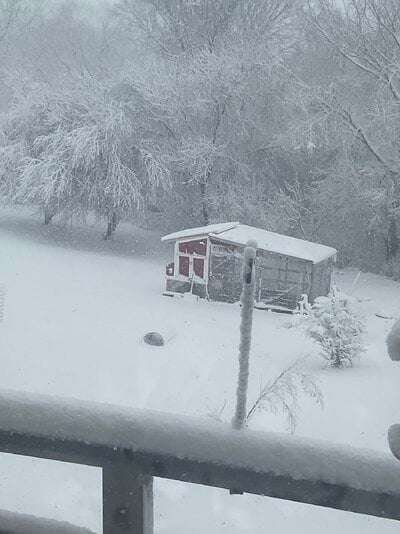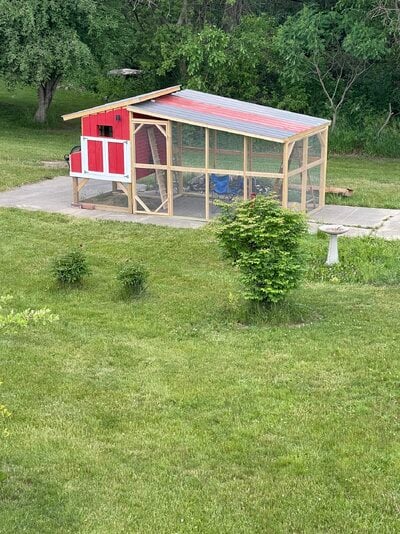ElfenLied89
Crowing
Getting ideas for my first coop ever. I admit I got chickens before the coop. But! They are warm and have a sleep area etc. Spoiled feather butts.
Was wondering if there are any good plans for up to 20 chickens? I only have 18 right now, and will be selling down to 10. Am buying more though so no need to worry about that.
What are some helpful building tips? My hubs has the tools and used to be a carpenter in his late teen early 20s time. So he knows how to cut wood and all that. I am looking for easy to build and maintain type designs as I do all the work. I have lower spinal issues so bending alot and all that hurts like a mother trucker. Any ideas where cleaning out the coop is not as difficult is def wanted!
Give me your ideas and experiences! What would you have done differently? What are some good designs?
Was wondering if there are any good plans for up to 20 chickens? I only have 18 right now, and will be selling down to 10. Am buying more though so no need to worry about that.
What are some helpful building tips? My hubs has the tools and used to be a carpenter in his late teen early 20s time. So he knows how to cut wood and all that. I am looking for easy to build and maintain type designs as I do all the work. I have lower spinal issues so bending alot and all that hurts like a mother trucker. Any ideas where cleaning out the coop is not as difficult is def wanted!
Give me your ideas and experiences! What would you have done differently? What are some good designs?




